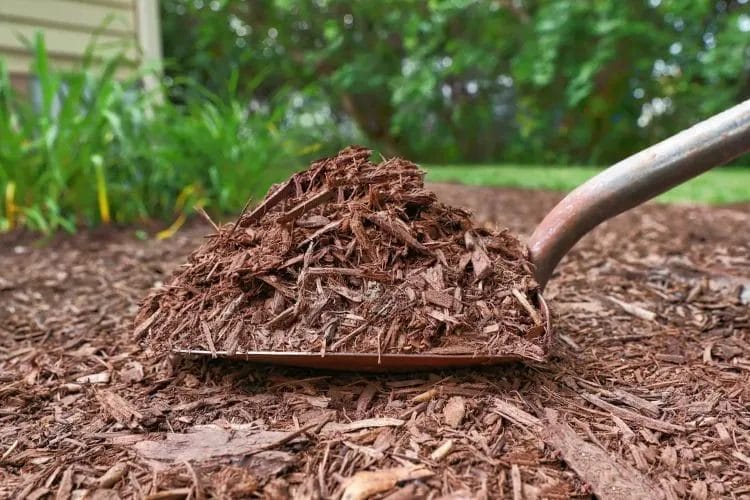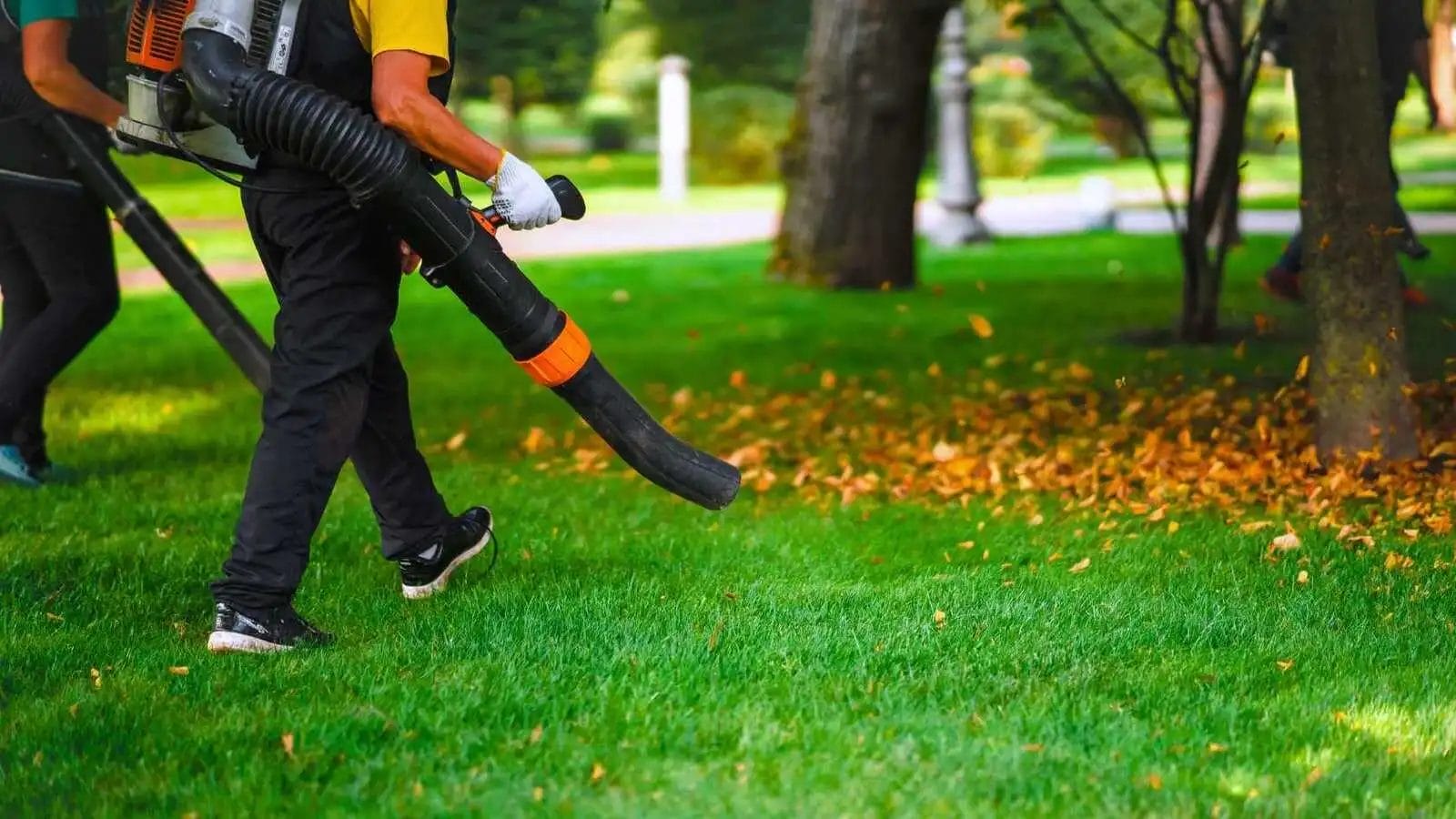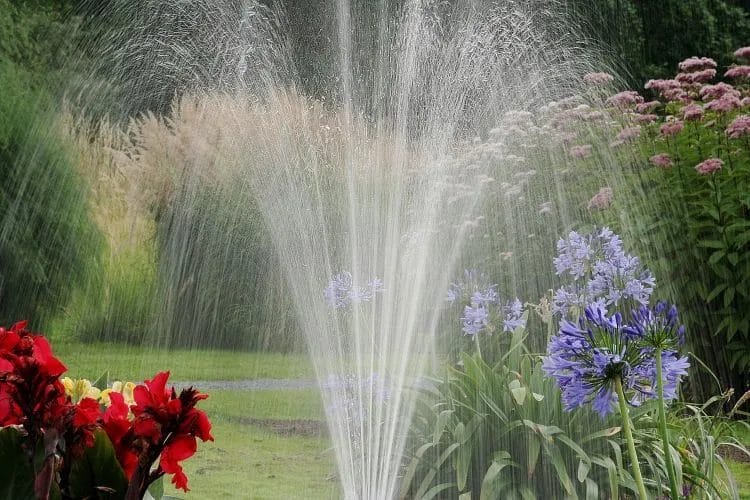
The best watering schedule for summer calls for a strategy: you should water deeply and infrequently to encourage strong roots, applying about 1 to 1.5 inches per week divided into one or two early‑morning sessions; adjust for soil, grass type, and heat, and consult professionals like Smith Brothers Services, Smith Brothers Landscape, and Smith Brothers Tree Services when you need a plan tailored to your lawn’s needs.
Timing Your Watering for Maximum Efficiency
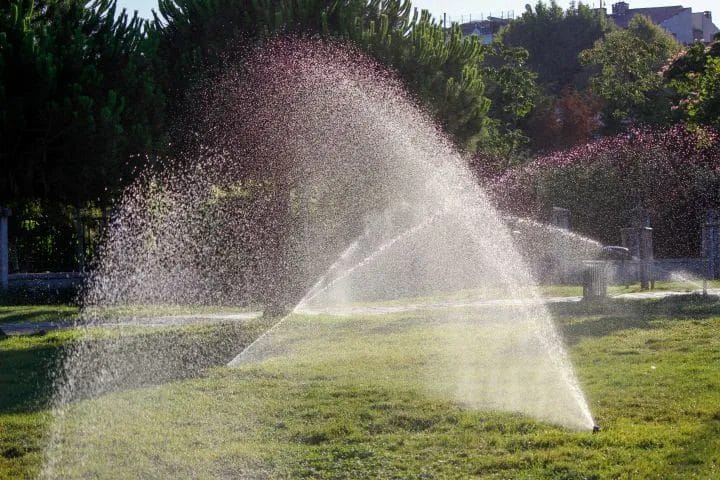
You should schedule most irrigation for early morning between 4–9 AM to cut evaporation and leaf wetness; on a typical lawn with spray heads delivering ~0.5 in/hr you’ll need 30–60 minutes per zone to apply 0.25–0.5 inches per session. Smith Brothers Services found in field tests that shifting to morning cycles reduced total water use by about 20% versus evening schedules. Use cycle-and-soak (three 10–20 minute cycles) to wet the 4–6 inch root zone without runoff.
Optimal Morning vs. Evening Watering
You get the best efficiency watering before 9 AM when temperatures are lower and winds calmer, so more water soaks in. Evening irrigation after 7 PM prolongs leaf wetness and elevates disease risk; Smith Brothers Landscape, after trials on cool-season turf, recommends avoiding late-evening runs unless soil drains exceptionally quickly. For warm-season grasses you can extend to about 8 PM on cooler nights to aid recovery after heavy use or events.
Avoiding Midday Mistakes
Avoid watering between 10 AM and 6 PM on hot days; at 90°F evaporation can exceed 50% and winds above 8 mph will blow spray off-target, wasting water and creating uneven turf. You may water small, stressed spots midafternoon using hand-watering or deep drip, but split runs into short cycles to limit loss. Smith Brothers Tree Services notes midday tree watering can shock shallow roots, so favor morning for larger specimens.
Use cycle-and-soak and match runtime to application rate: a spray head at 0.5 in/hr deposits ~0.08 in in 10 minutes, so three 10-minute cycles with 20-minute soak breaks yields ~0.25 in while minimizing runoff on clay soils. You can perform a tuna-can test—collect for 15 minutes, measure depth, calculate inch-per-hour, then adjust zone runtimes and start times based on measured output and soil infiltration rates.
The Right Amount of Water: Quantity Matters
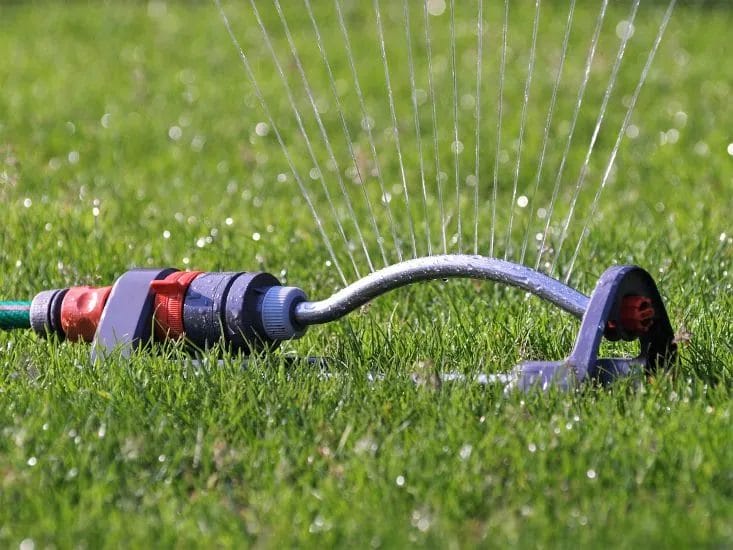
You should aim for roughly 1 to 1.25 inches of water per week for established cool-season lawns and about 1.5 inches for warm-season turf during peak summer; that typically wets the top 6–8 inches of the root zone. Smith Brothers Services recommends splitting that into 2–3 deep waterings per week instead of daily light sprays to encourage deeper roots and better drought tolerance. Use a rain gauge or cans to confirm applied inches.
Calculating Ideal Watering Depth
You should target wetting the rooting zone 6–8 inches deep; test by pushing a screwdriver into the soil after watering—easy penetration indicates adequate depth. Measure sprinkler output with several cans placed across the lawn, time the run to deliver 0.5–1 inch per session, and adjust for heat and turf type. Smith Brothers Landscape, often suggests multiple short cycles with soak intervals on slopes or compacted areas to prevent runoff.
Understanding Soil Absorption
If you have sandy soil it can absorb about 1–2 inches per hour and drains quickly, while loam accepts roughly 0.5–1 inch per hour; heavy clay may only take 0.1–0.25 inches per hour and tends to run off. Adjust your schedule to those infiltration rates—fast soils need more frequent applications, slow soils benefit from cycle-and-soak approaches. Smith Brothers Tree Services can evaluate soil near large roots to avoid overwatering trees.
You can test infiltration by digging a 6-inch hole, filling it with water, and timing how long the level drops 1 inch—under 30 minutes signals fast-draining soil, over two hours suggests poor infiltration. Use that rate to set run times: fast soils get short, frequent intervals; slow soils receive several 5–15 minute cycles with 30–60 minute soak breaks. For complex yards, consult Smith Brothers Services for a site-specific irrigation plan.
Seasonal Adjustments for Summer Heat

During prolonged heat you should shift from daily shallow sprays to deeper, less frequent soakings: aim for 1–1.5 inches of water per week delivered as two 30–45 minute early-morning cycles (4–8 AM) depending on sprinkler output. When heatwaves push above 95°F increase to three shorter cycles or raise weekly total toward 2 inches. You can verify moisture with a rain gauge and soil probe; for site-specific schedules Smith Brothers Services or Smith Brothers Landscape can perform an irrigation audit.
Adapting to Extreme Weather Conditions
When you face consecutive 90–100°F days, water every other morning using cycle-and-soak (2–3 cycles of 20–30 minutes per zone) to reduce runoff; if humidity rises, shorten cycles but keep root-zone moisture at 4–6 inches. After heavy storms skip irrigation until the soil dries to roughly 50% field capacity—you should measure with a probe. Flash droughts lasting a week or more call for temporary increases in frequency or smart-controller tweaks; Smith Brothers Landscape can help program those adjustments.
Recognizing Signs of Stress in Your Lawn
If you notice a blue-gray tint, blades folded lengthwise, or footprints that linger more than 5–10 seconds, those are clear signs of water stress; brown, straw-colored patches usually mean dead turf while irregular thinning can indicate pests or disease. Test root depth with a probe—roots under 2–3 inches show shallow rooting and need deeper, less frequent watering. After adjusting your schedule, monitor recovery for 7–10 days and contact Smith Brothers Services if decline continues.
When you try to distinguish drought from disease, look for pattern differences: circular brown patches with fuzzy mycelium point to fungal issues, while uniform thinning on sunny slopes suggests drought stress. Probe the soil—healthy turf often has 4–6 inch roots; compaction or shallow roots warrant core aeration and a 1/4 inch topdressing. Avoid heavy fertilizing in peak heat; for lab-grade diagnosis or targeted treatments reach out to Smith Brothers Tree Services or Smith Brothers Landscape.
Techniques and Tools for Effective Watering
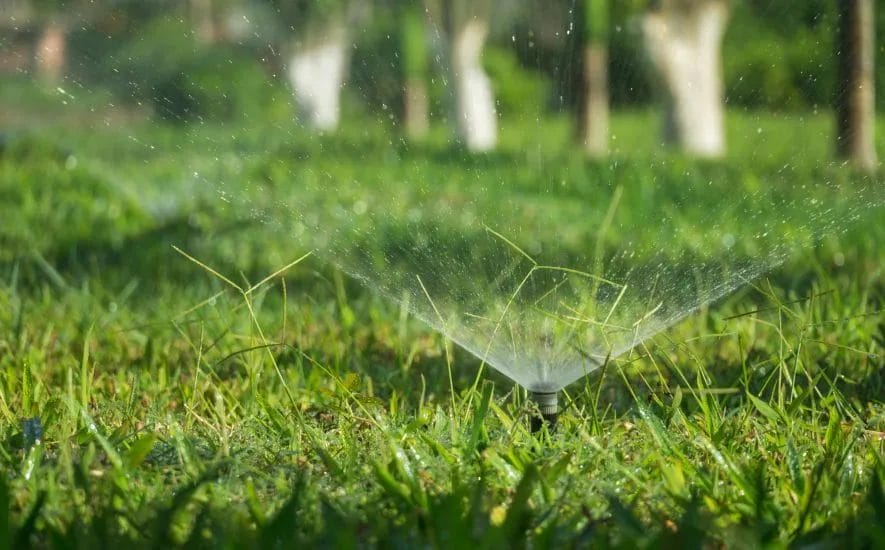
Use a combination of a rain gauge, soil moisture probe and a simple tuna-can test to fine-tune your schedule; aim for about 1″ of water per week and deep soakings that reach roughly 6–8″ of root zone. Smith Brothers Landscape often pairs a soil probe with smart controllers to reduce run time by 20–30%, and soaker hoses or rotary heads help target thirsty areas like slopes or new sod.
Best Practices for Manual Watering
Place three shallow containers around a zone, run your sprinkler until each collects ½” and note the time to reproduce consistent sessions; water early between 4–9am to cut evaporation and disease risk, and split longer sessions into 10–15 minute cycles with 30–60 minute soak intervals to push moisture down to 6″ roots while avoiding surface runoff.
Irrigation Systems: Which One is Right for You?
In-ground sprinkler systems suit large, uniform lawns while drip and soaker systems excel for beds and trees; choose spray heads for small lawns (15–30′ spacing) and rotors for open turf (30–60′ spacing). Smith Brothers Services installs smart controllers and zoning to match plant needs, and Smith Brothers Tree Services can flag root interference before you dig.
Factor installation cost ($2,000–$5,000 typical for full in-ground setups), local water pressure (optimal 30–50 PSI), and expected savings—smart controllers often cut outdoor use 20–30%. You should schedule seasonal tune-ups, winterize if needed, and verify head alignment and pressure to avoid dry spots and overspray; many homeowners opt for a maintenance plan from Smith Brothers Services or Smith Brothers Landscape to keep systems efficient.
Environmental Considerations and Water Conservation
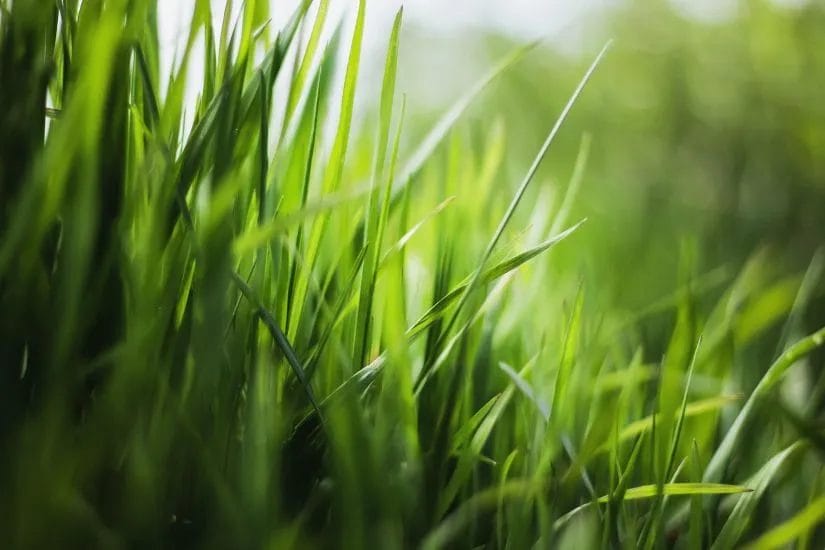
Adjust irrigation to provide roughly 1–1.5 inches of water per week during summer and focus on deep, infrequent cycles to encourage 4–6 inch root growth; using soil amendments and 2–3 inch mulch layers can cut evaporation and runoff. You can schedule controllers for early-morning cycles to reduce losses and ask Smith Brothers Services for a water-audit; their audits often identify 20–40% savings by fixing heads, adjusting run times, and improving soil health.
Using Native Plants to Reduce Water Needs
Swap portions of turf for native grasses and perennials—buffalo grass, blue grama, yarrow, and purple coneflower—since they can cut outdoor irrigation by up to 30–50%. You’ll lower mowing and chemical inputs while providing pollinator habitat; Smith Brothers Landscape often phases conversions, starting with 25–50% of a lawn per season to spread costs and preserve usable turf areas.
Rainwater Harvesting: A Sustainable Approach
Collect roof runoff into barrels or cisterns to capture roughly 623 gallons per 1,000 sq ft of roof per inch of rain; small 50–100 gallon barrels are inexpensive starters, while 500–2,000 gallon cisterns supply larger irrigation needs. You can tie harvested water into drip lines for beds and trees, reducing municipal use and smoothing demand during dry spells—Smith Brothers Tree Services uses captured water for new tree establishment to reduce transplant stress.
System sizing depends on roof area and your watering requirements: a 1,000 sq ft roof with a 1,000-gallon tank stores about 1.6 inches of rainfall equivalent, useful for supplementing summer irrigation. For reliability, install first-flush diverters, screens, and a simple overflow to municipal drains; Smith Brothers Landscape recommends combining cisterns with smart controllers and a 0.5–1.0 inch-per-application drip schedule to maximize savings and protect tree root zones.
To wrap up
With these considerations you can set efficient summer watering schedules that protect turf health and conserve water. Use Smith Brothers Services guidelines for timing, adjust for soil type and slope, and consult Smith Brothers Landscape for plant-specific needs, contact Smith Brothers Tree Services for mature tree hydration strategies. Aim for deep, infrequent watering early morning, monitor moisture, and modify frequency during heat waves to keep your lawn resilient and water-wise.


